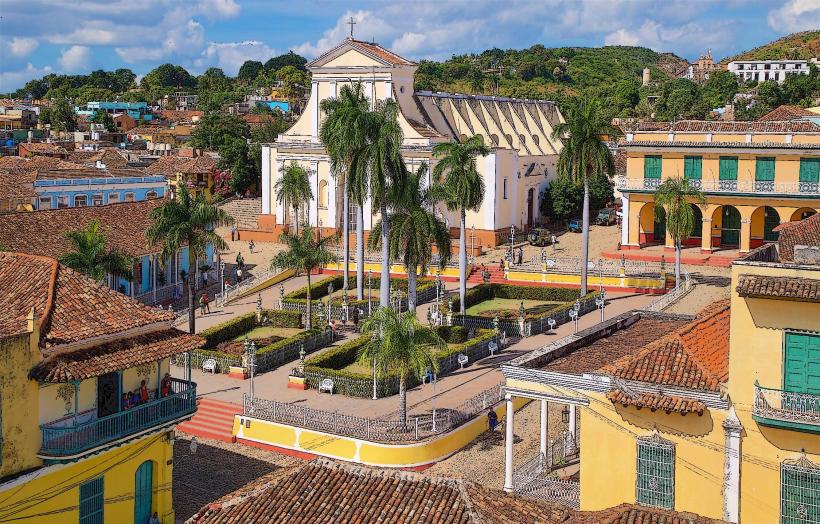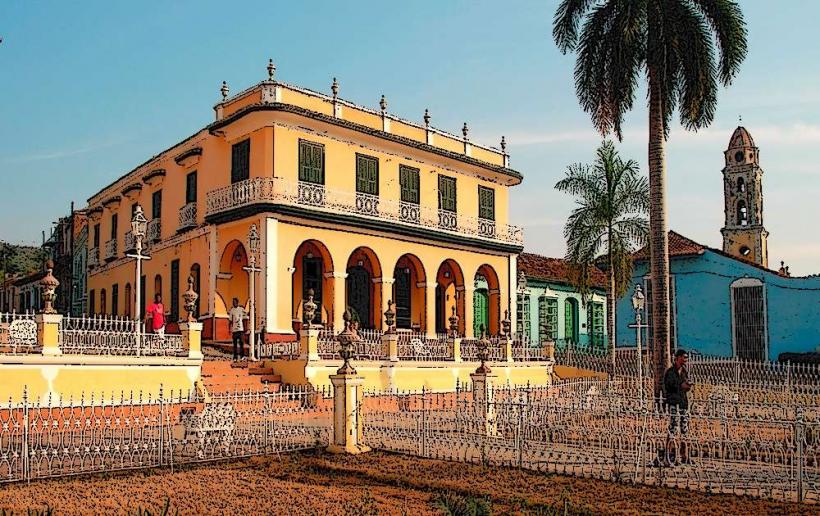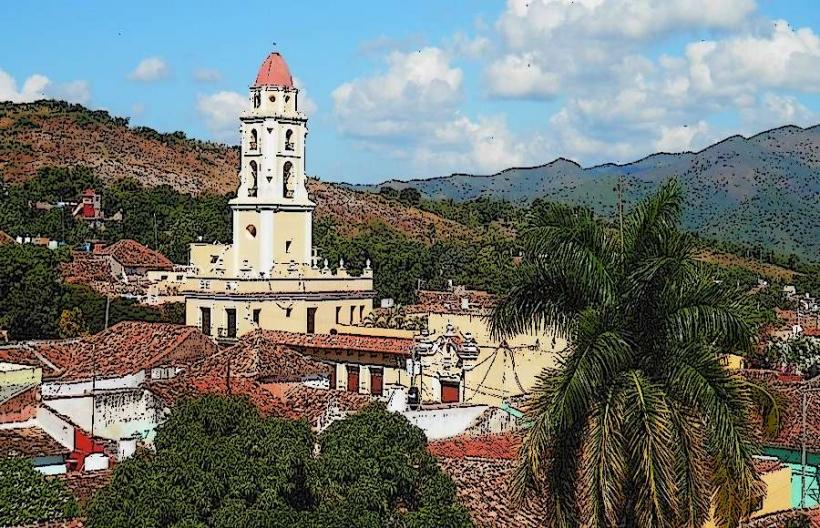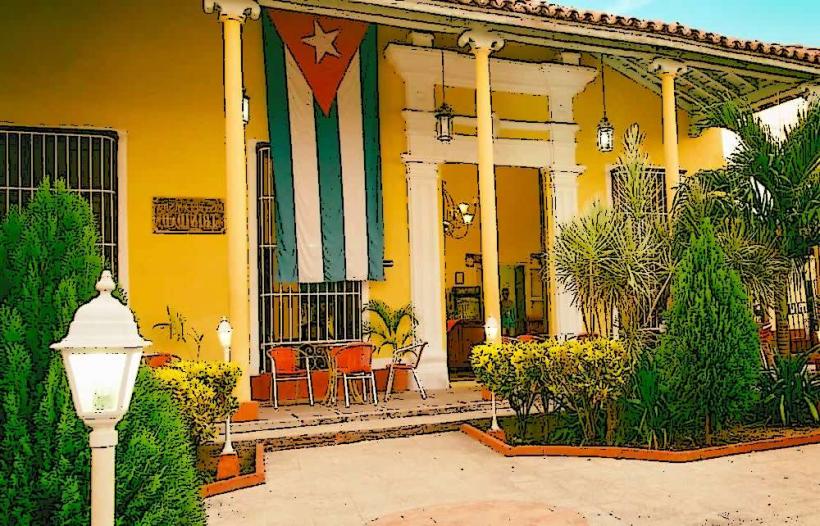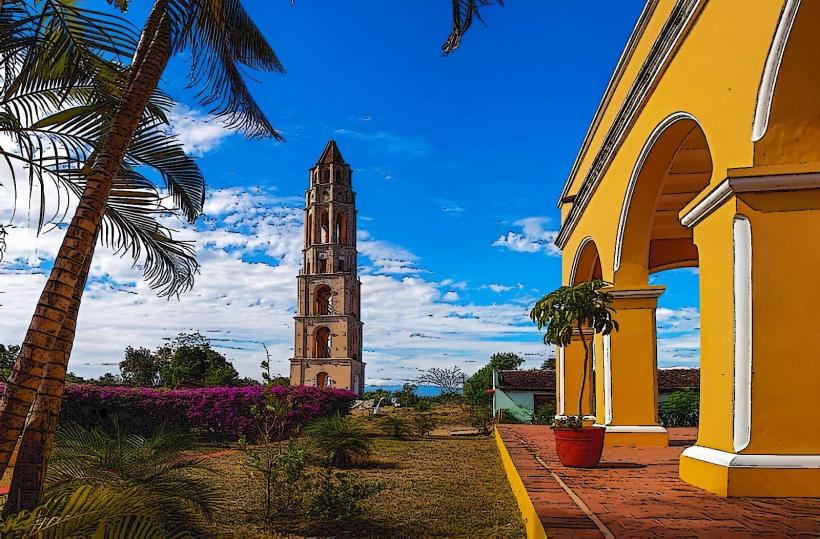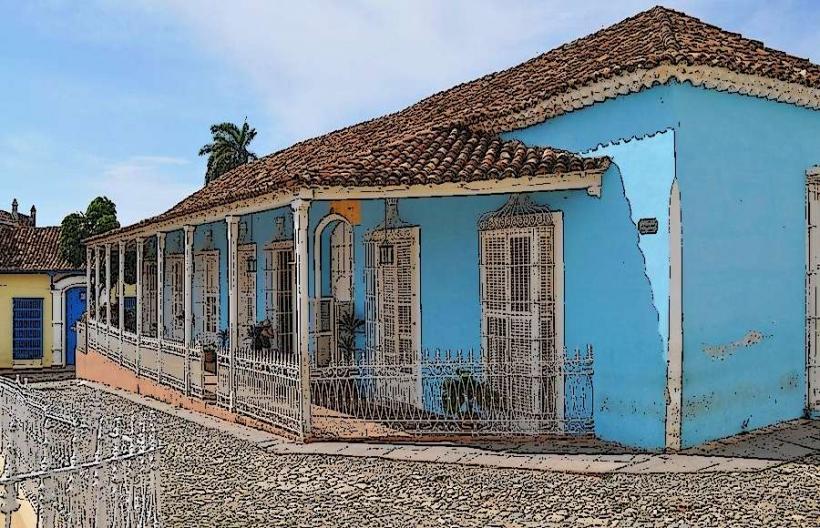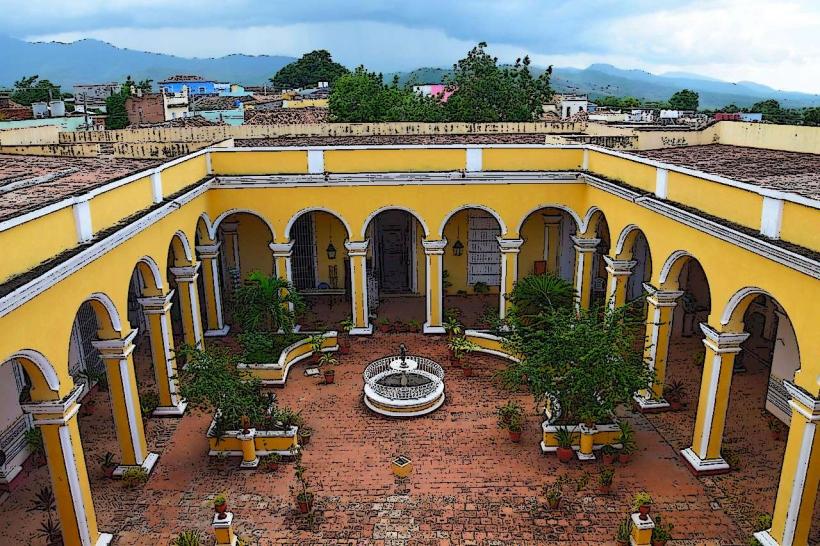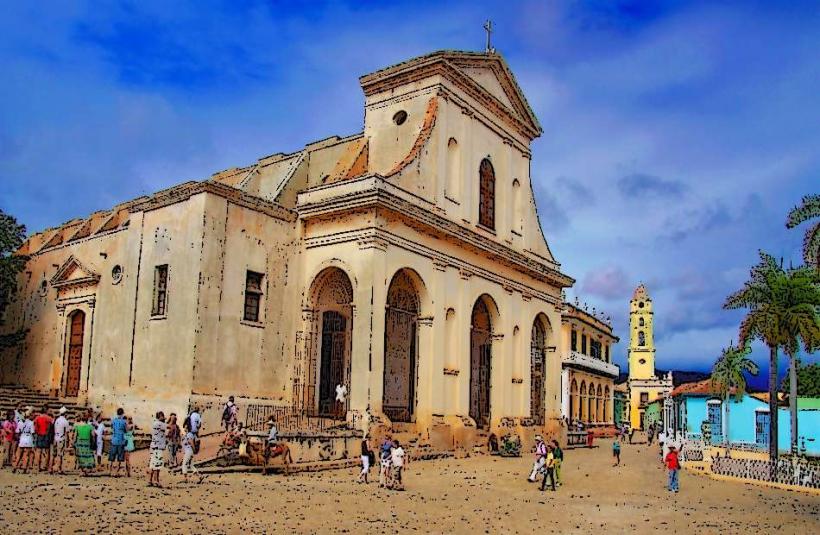Information
Landmark: Palacio CanteroCity: Trinidad
Country: Cuba
Continent: North America
Palacio Cantero, also known as the Palacio del Conde de Cienfuegos, is a historic mansion located in the heart of Trinidad, Cuba. It is one of the most important landmarks in the town, reflecting the wealth and social status of the Cuban elite during the colonial period. Today, the palace houses the Museo de Historia Municipal (Municipal History Museum), offering visitors a glimpse into the town's rich history, especially during the height of the sugar trade.
Key Features of Palacio Cantero:
Historical Significance:
- The building was constructed in the early 19th century by José Cantero, a wealthy sugar planter and nobleman who was granted the title of Count of Cienfuegos by the Spanish crown. The palace was originally the family home of the Cantero family, who were part of Trinidad’s elite class during the boom in sugar production.
- It reflects the economic prosperity of the town, which was one of Cuba's most important sugar-exporting centers during the colonial era. The wealth from the sugar industry allowed Cantero and his contemporaries to build grand homes, which were designed to showcase their status and affluence.
Architectural Features:
- Neoclassical Architecture: The palace features neoclassical architectural elements, including symmetrical facades, high ceilings, and elegant proportions. The building's design incorporates both Spanish colonial and European influences.
- Courtyard and Interior: Like many colonial buildings in Trinidad, the palace is centered around an inner courtyard, which provides light and ventilation to the surrounding rooms. The interior is decorated with ornate wooden furniture, exquisite paintings, and fine porcelain that reflect the wealth and tastes of the Cantero family.
- Staircases and Balconies: The grand staircase and spacious balconies are architectural highlights, offering views of the Plaza Mayor and surrounding streets.
Museo de Historia Municipal:
- The Palacio Cantero now houses the Museo de Historia Municipal, where visitors can explore exhibits related to Trinidad’s history, including the sugar industry, the town's founding, and the lives of its wealthy families. The museum provides insight into the social and economic dynamics of the town during the colonial era.
- Exhibits: The museum features artifacts, maps, furniture, documents, and paintings that tell the story of Trinidad and its inhabitants. There are displays related to the sugar industry, slavery, and the local nobility, as well as items related to Cuban independence and the Spanish-American War.
- One of the highlights is a sword used by General Máximo Gómez, a key figure in Cuba's fight for independence, which links the building to Cuba's revolutionary history.
Cultural and Social Importance:
- Palacio Cantero is not just a museum but a cultural symbol of the city’s colonial past and its role in the global sugar trade. It helps visitors understand the social stratification of the period, with the elite families enjoying luxurious lifestyles in contrast to the conditions of the enslaved African workers on the sugar plantations.
- The palace also stands as a reminder of the Spanish colonial influence on Cuban architecture and society, preserving the legacy of a time when Trinidad was a prosperous port town.
Location and Access:
- The palace is located on Calle Real del Jigüe, right next to Plaza Mayor, making it an ideal stop for tourists exploring the historical center of Trinidad. Its central location makes it easily accessible from other key attractions in the town, such as the Museo Romántico and the Iglesia Parroquial de la Santísima Trinidad.
Visiting the Palacio Cantero:
- The entrance fee to the museum is affordable, and it is typically open every day, though it’s advisable to confirm specific hours before visiting.
- Guided tours are available in both Spanish and English, offering more in-depth information about the history and architecture of the palace, as well as the historical context of the exhibits.
Nearby Attractions:
- Plaza Mayor: A short walk from the Palacio Cantero, this central square is the heart of Trinidad, surrounded by colonial buildings and vibrant street life.
- Iglesia Parroquial de la Santísima Trinidad: Another landmark near the plaza, this church dates back to the 19th century and offers a beautiful example of colonial religious architecture.
- Museo Romántico: This museum, located nearby, offers exhibits about the lives of Trinidad’s elite during the colonial period, complementing the history presented in the Palacio Cantero.
Palacio Cantero is an essential stop for those interested in the history of Trinidad, providing both a captivating look into the town’s colonial past and a deeper understanding of Cuba’s broader historical narrative.

